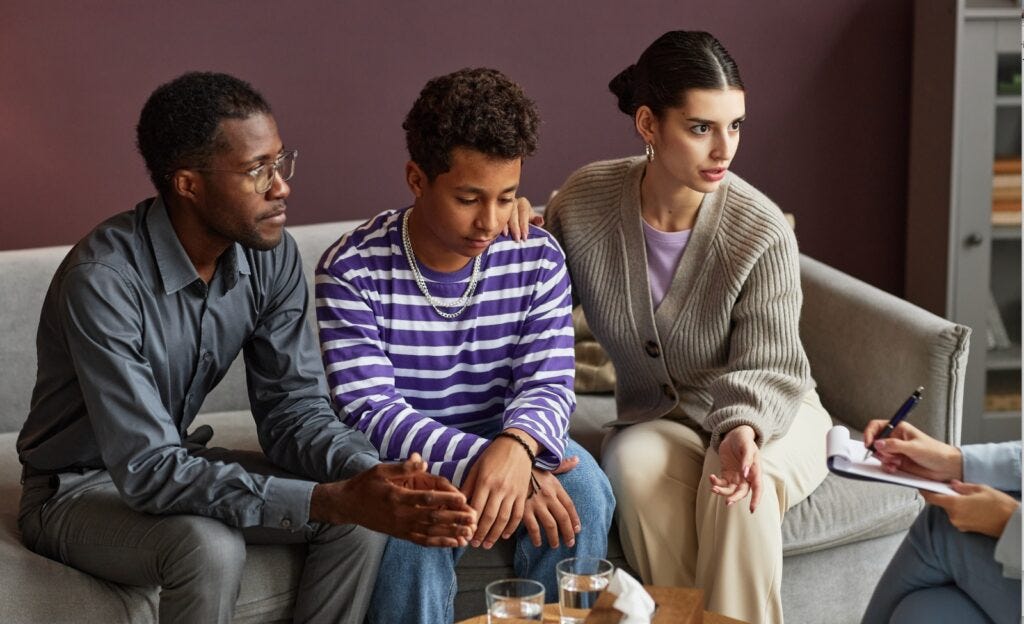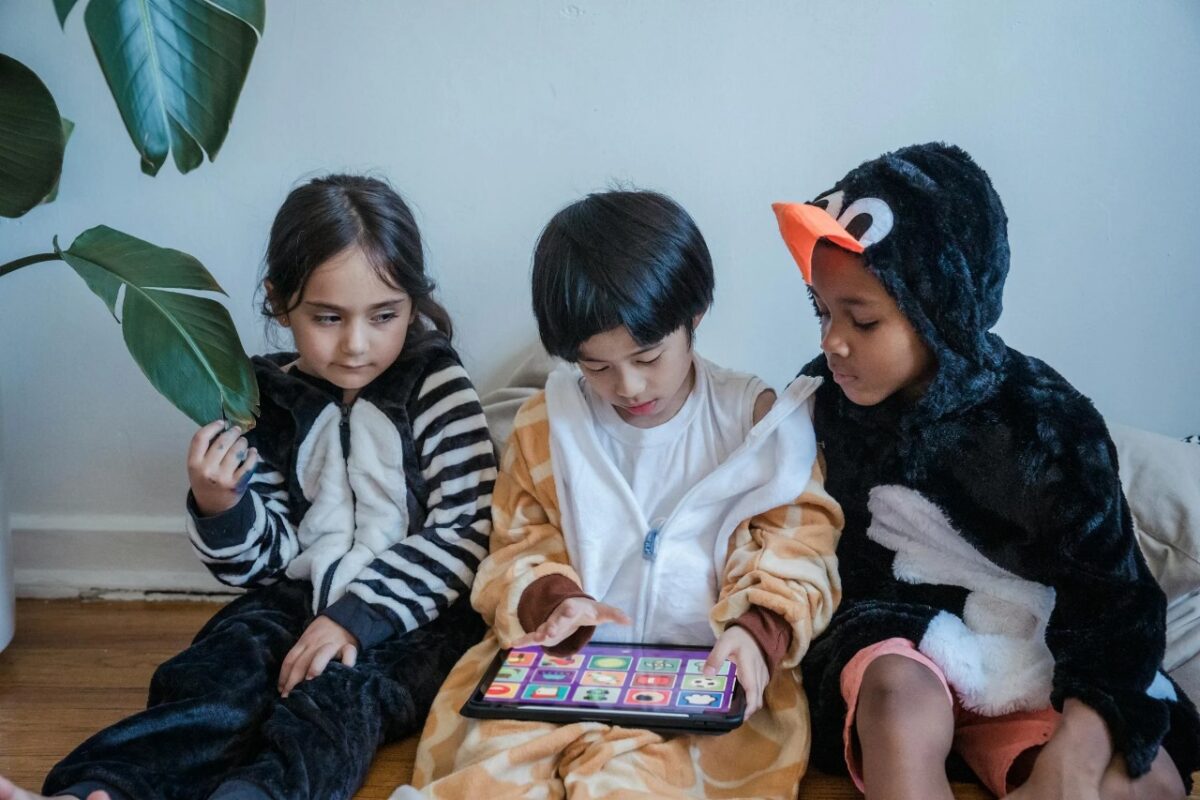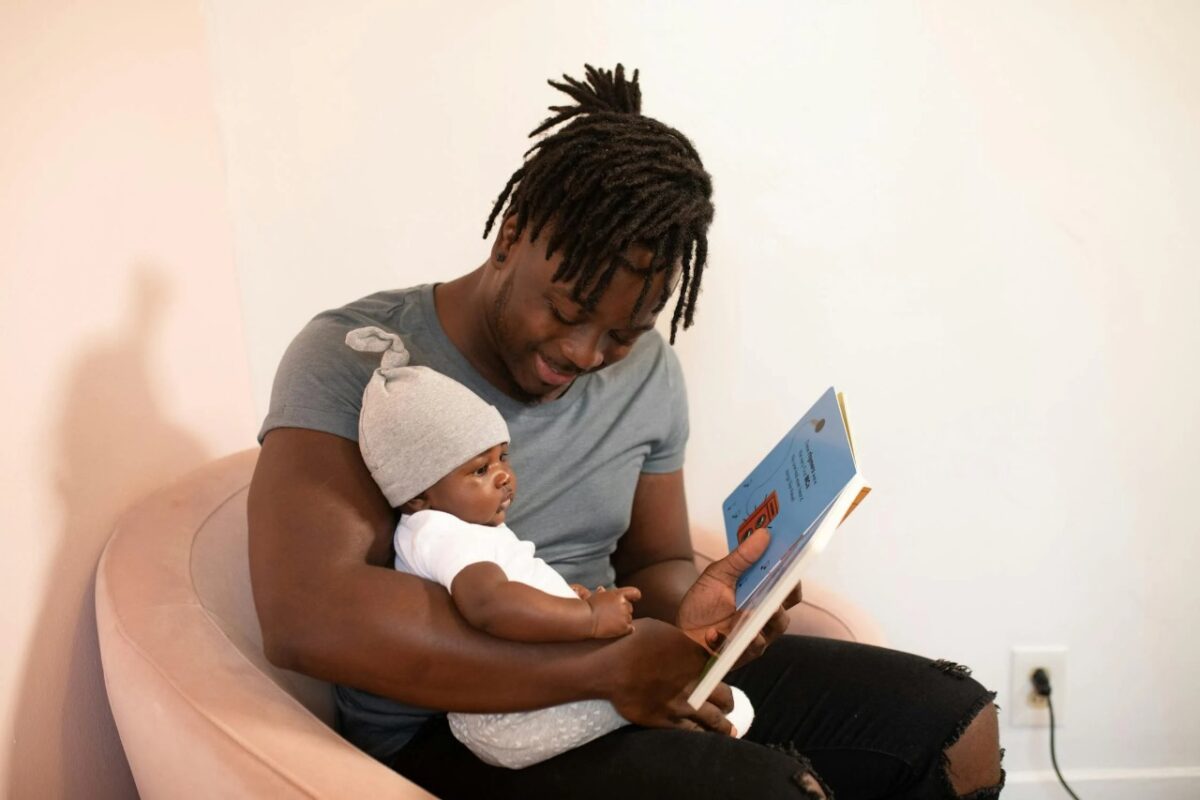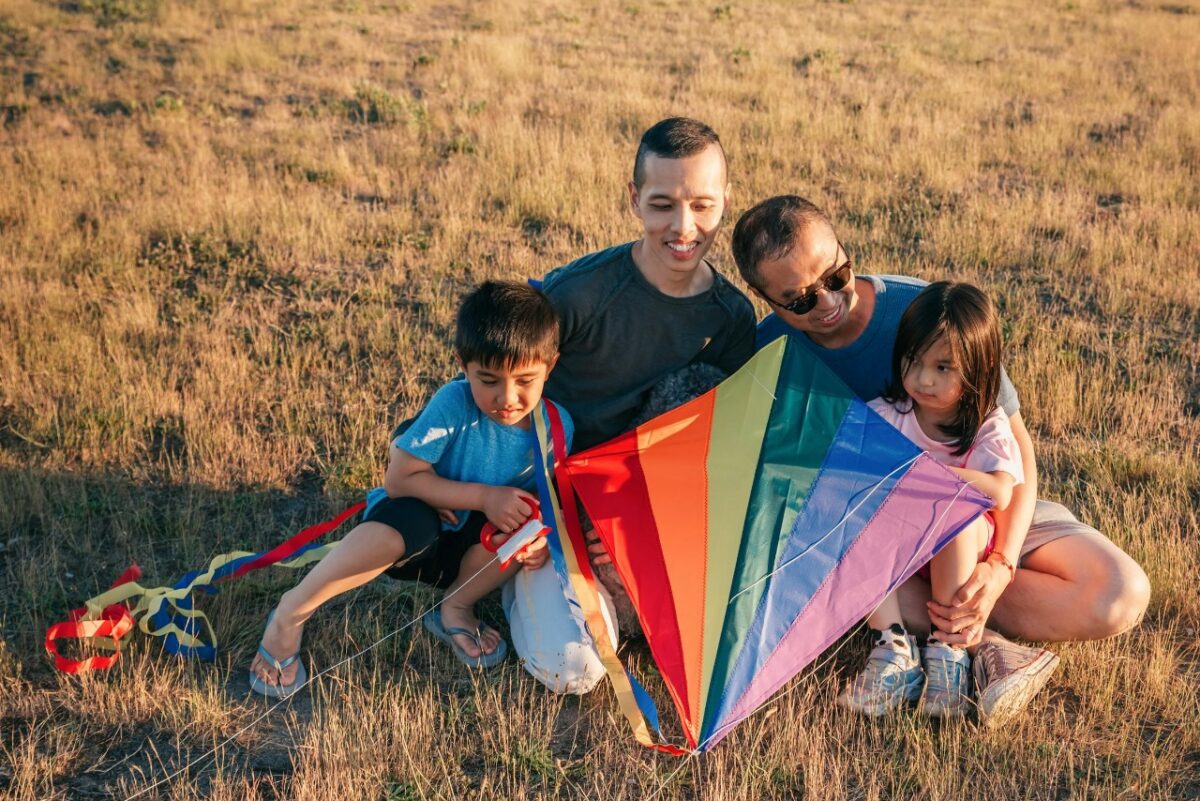No products in the cart.

Stress isn’t something we experience in isolation — it has a way of seeping into every corner of our lives, including our relationships with our children. While you might think your stress is your burden to bear, the reality is that your kids are quietly absorbing more than you realize. The hidden impact of your stress on your kids can manifest in their behavior, emotions, and overall well-being.
Understanding this connection is crucial, not just for your own peace of mind, but for the health and happiness of your children. When we acknowledge the role stress plays in our interactions, we can take steps to manage it, ensuring that our children feel supported rather than strained by our emotions.
Take a moment to imagine yourself in these two scenarios:
Scenario 1: You’re having a wonderful day. The sun is out, the birds are chirping, you’ve had a full night’s sleep, and you’re killing it at work. You notice that the kids left their shoes lying around the house again. No big deal. You hum a song while putting the shoes away.
Scenario 2: It’s 10 a.m., and you’re ready to call it a day. The weather is cold and gloomy, you’ve had zero sleep, and your coworkers are hounding you for a report you haven’t even started yet. You notice that the kids left their shoes lying around the house again. You lose it. You drag the nearest kid to the scene of the crime and yell up a storm.
The big difference between those two scenarios? S-T-R-E-S-S.
These scenarios or similar ones are likely very familiar to you. Your different reactions are not due to your child’s identical behavior but rather to your own stress and limited bandwidth in handling that situation.
Stress is a natural part of life: a reaction to outside triggers that’s difficult to control — let alone eliminate entirely. And these are especially stressful times we’re living in. In a June 2024 article in Forbes Magazine, they reported:

U.S. Stress Statistics at a Glance
According to the American Psychological Association (APA)’s Stress in America 2022 survey results, money is a major source of stress for 66% of adults, with 57% stating current expenses, such as food and rent, as their main source of money-related stress. The remaining 43% of this group state saving for the future as their main source of money-related stress.
Approximately 75% of U.S. adults feel that violence and crime are significant sources of stress in their lives.
Around 34% of adults report feeling that stress is completely overwhelming for them on most days.
The same 2022 survey from the APA found that 21% of U.S. adults report experiencing forgetfulness, 20% report an inability to concentrate, and 17% report difficulty making decisions in the last month as a result of stress.
According to 2022 survey data from Pew Research Center, 29% of U.S. parents reported that being a parent is stressful all or most of the time.
When we’re stressed, our bodies respond with increased reactivity, anxiety, impaired brain function, and decreased ability to manage our tempers — all factors that impact the interactions we have with our children. When we’re stressed, we lose our capacity to manage our kids and navigate the complexities of parenthood. This clearly shows how stress impacts parenting and can lead to challenges in maintaining a peaceful home environment.
Besides potentially damaging our relationships with our children, further problems arise when our children begin to mirror these feelings and behaviors. It’s not hard to see the link between a child acting out on the soccer field and a parent yelling on the sidelines. When we react to stress with negativity like anger, frustration, yelling, and even violence, we risk transferring that stress to our kids. You might wonder, can my child feel my stress? The answer is yes — children are highly attuned to their parents’ emotional states.
Repairing the Effects of Stress on Your Children
The good news is that there are proven strategies for managing the effects of stress so your kids won’t bear the brunt of it:
- Forgive yourself. Occasional stress-related outbursts are inevitable. We’re all human. It’s crucial to acknowledge when you have a stressful and challenging day that has limited your capacity and bandwidth to manage the situation the best you could and to forgive yourself. And, of course, it’s also important to put work into learning the skills and tools to reframe your stress into something more manageable. If you need a support system, join the Conscious Parenting Revolution Facebook group.
- Apologize for outbursts. A genuine apology goes a long way. If you completely lost your temper, tell your child that you are sorry and acknowledge the overreaction. Admit that you were triggered and overreacted and that you will try to do better next time. It’s important to ask for consideration from your child as well, so they can learn how to also be aware of your needs. For example, “Would you be willing to put your shoes away next time because I’m worried I will trip and fall” or “I could really use your help in cleaning up and making sure the house is tidy. Would you be willing to help me with that?” Kids understand more than we give them credit for and generally do want to be considerate of others.
- Acknowledge that it’s not about them. Do your kids know why you’re feeling so upset? Understanding breeds empathy, so share what’s happening in your life. Help your kids grasp that they aren’t solely responsible for your frayed nerves.
- Talk to them about stress. Transform an imperfect situation into a teaching moment for your kids. Start a conversation about the effects of stress, encouraging them to identify stressful situations in their own life. Discuss how everyone in the family can effectively handle tense moments.
- Ask for help and be a supportive partner. Recognize when you are stressed, will likely overreact, and be triggered, and ask for support and help. On days when you’re feeling good and your co-parent is struggling, step in and take over. Offer to take on the mental load so they have time and space to recover. Supporting each other models healthy relationships for your children.

Strategies for Long-Term Stress Reduction
Repairing the effects of stress is an important first step, but the real work comes in reducing stress before it becomes a problem:
- Recognize when you’re at low capacity. Don’t be afraid to call a time out for yourself. Take a deep breath, go for a walk, and acknowledge that you’re having a tough day. Let go of stressful obligations like folding the laundry or battling the kids over screen time. You deserve space to recharge.
- Reconnect with your family. Take the time to voice your needs to your children. How will they know what you need if you don’t tell them? Ask for their help brainstorming ways to support each other.
- Find resources on parenting during stressful times. Parenting is a constant learning experience. It’s okay to admit that you need help becoming the parent you want to be. Check out our private FB group for access to a ton of parenting resources (and great advice).
We can only be the best for our family when we’re taking care of ourselves — and modeling self-compassion sets a great example for our children. Remember, if you’re wondering do children feel their parents stress? — the answer is yes, and it’s crucial to manage our stress for their well-being as much as our own.



















